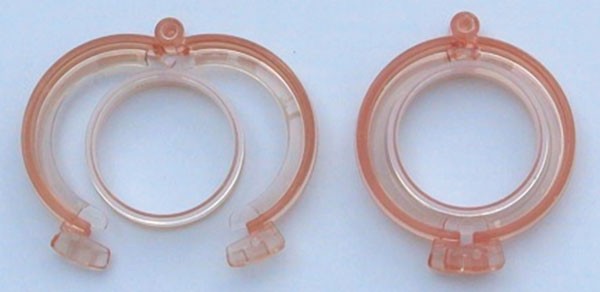This post explains the benefits of having male circumcision. It's essential to note that circumcision should only be performed by a trained healthcare professional, and the decision to undergo circumcision should be made after careful consideration of the potential benefits and risks.
What are the benefits of male circumcision?
Male circumcision has several benefits, including:
1. Reduced risk of urinary tract infections (UTIs)
2. Decreased risk of sexually transmitted infections (STIs), including HIV
3. Lower risk of penile cancer
4. Reduced risk of foreskin infections and inflammation
5. Improved genital hygiene
6. Reduced risk of cervical cancer in female partners
7. Reduced risk of herpes and human papillomavirus (HPV)
8. Improved sexual health and well-being
9. Reduced risk of balanitis and balanoposthitis
10. Cultural or religious significance
What are the risks of male circumcision?
While male circumcision is generally considered safe, there are potential risks and complications, including:
1. Bleeding or hemorrhage
2. Infection
3. Pain or discomfort
4. Swelling or bruising
5. Adhesions or scarring
6. Nerve damage or numbness
7. Incomplete circumcision
8. Meatitis (inflammation of the opening of the penis)
9. Fistula (an abnormal connection between the penis and scrotum)
10. Buried penis (concealed penis due to excessive skin removal)
11. Circumcision revision (need for additional surgery)
12. Psychological trauma or anxiety
13. Sexual dysfunction or decreased sensitivity
14. Wound dehiscence (opening of the surgical wound)
15. Abscess or cyst formation
Methods of male circumcision
There are several methods of male circumcision, including:
1. Surgical circumcision: The most common method, using a scalpel or surgical scissors.
2. Device-based circumcision: Using a specialized device, such as:
- Mogen clamp
- Gomco clamp
- Plastibell
- Smart Klamp
3. Laser circumcision: Using a laser beam to remove the foreskin.
4. Dorsal slit method: A minimally invasive method, making a small incision on the top of the penis.
5. Forceps-guided method: Using forceps to guide the circumcision.
6. String method: Tying a string around the foreskin to cut off blood flow.
7. Ring method: Using a circumcision ring to cut off blood flow.
8. Tara Klamp method: A quick and bloodless method using a specialized clamp.
9. Shang Ring method: A minimally invasive method using a specialized ring.
10. ZSR (Zhou's Spring-loaded Ring) method: A quick and bloodless method using a spring-loaded ring.

Each method has its own advantages and disadvantages, and the choice of method may depend on factors such as:
- Age of the individual
- Medical conditions
- Cultural or religious preferences
- Surgeon's expertise
Wound care after circumcision.
To promote circumcision wound healing you need to practice patience and follow the advice given by your provider.
- Keep your penis facing up within a few days of the procedure to prevent edema (fluid accumulating on the skin that has remained before the neck of the penis). This is true, especially after the forceps method.
- Do not move long distances when the wound is still fresh.
- Do not play football
- Take plenty of fluids
- Eat well. Fruits and proteins provide great wound healing.
- Clean your wound thoroughly with recommended antiseptic or soap.
- Make sure to go for a review.
- See your provider immediately if you see bleeding or any abnormality.
Frequently asked questions
- What are circumcision benefits sexually?
Answer: Not really, some men after MC report delayed orgasm during sex.
- What are the disadvantages of male circumcision to a woman?
Answer: There is no disadvantage really that is important.
- What are the effects of male circumcision later on in life?
Answer: No effect later in your life, you will continue enjoying the benefits.
- What is the best age for MC surgery?
Answer: You can have MC at any age due to medical indications. However, having it from 15 to 49 years is best.
- Why is circumcision important?
Answer: It provides great hygiene for you and helps prevent or reduce the chances of contracting HIV and STIs.
- Is male circumcision painful?
Answer: The procedure is not painful because an injection containing anesthetic is given before the provider starts. After, you also receive a painkiller to stop you from feeling pain.
Written by: Je Phiri. COG, MC provider, Zambia.
Edited by: Dr. Edward Enyikwa. MD, Kenya.
Related: How much is abortion in Lusaka




